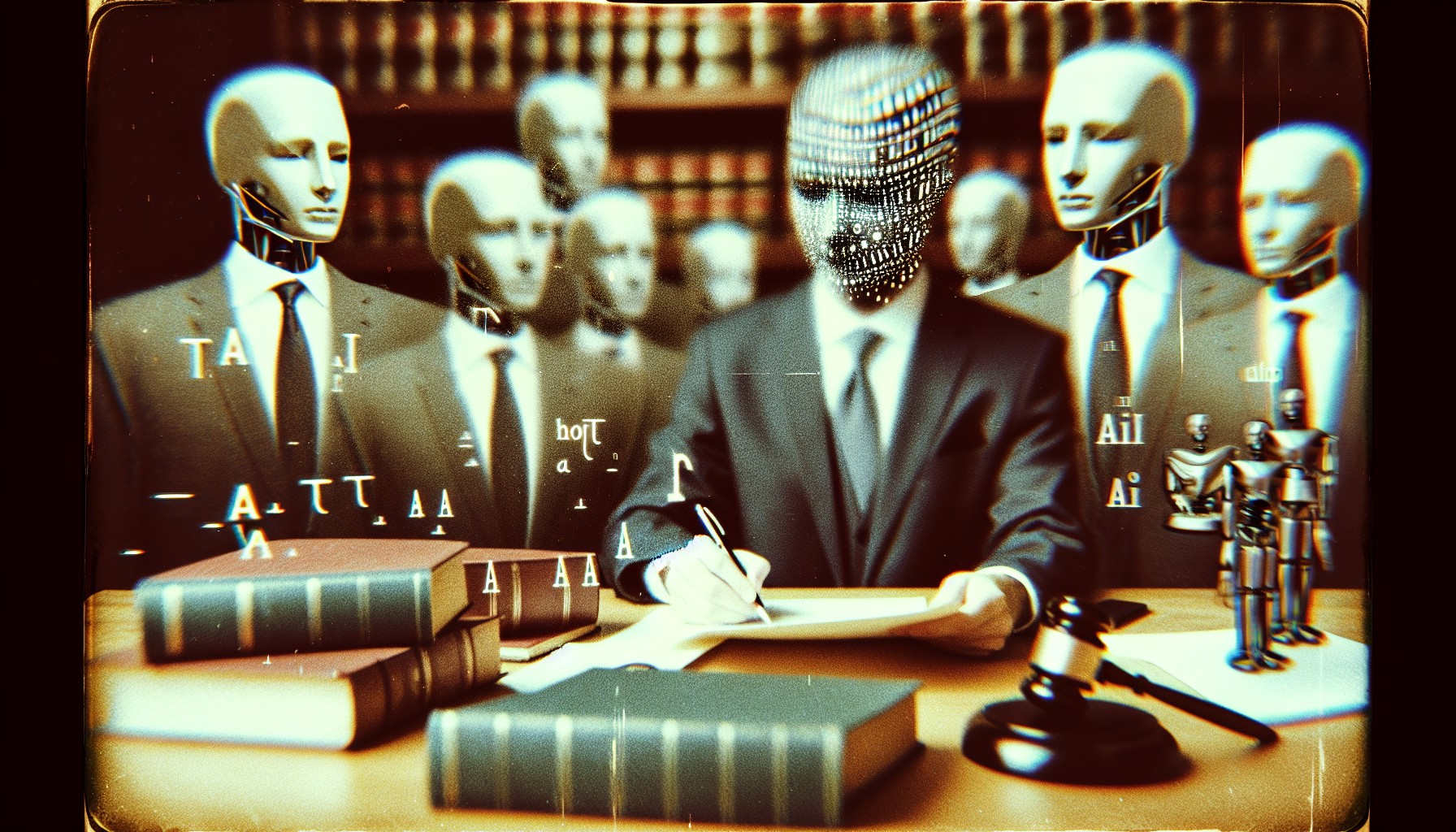In the realm of legal proceedings, where precision and accuracy are paramount, the recent statement from a judge regarding the Lindell brief has brought to light an intriguing intersection of law and technology. The document, which was intended to present a comprehensive case, has instead been criticized for containing “cases that do not exist.” This revelation not only highlights the potential pitfalls of relying on digital tools for legal documentation but also underscores the importance of ensuring that artificial intelligence used in such contexts is both reliable and meticulously checked.
The Lindell brief’s defects serve as a cautionary tale for the integration of AI in legal sectors. As more legal professionals turn to AI for drafting documents, analyzing case law, and predicting outcomes, the risks of inaccuracies increase if the technology is not properly managed. The very essence of AI is its ability to learn and adapt; however, without stringent oversight, it can produce errors, as seen in the Lindell brief. The non-existent cases mentioned by the judge suggest failures in data validation and verification processes within the AI systems that may have been employed.
One might wonder how AI could generate cases that do not exist. The answer lies in the algorithms and databases that feed these systems. If the AI’s training data contains errors or if there is a lack of comprehensive oversight during its application, the results can be flawed. This points to a broader issue of data integrity and quality in AI systems, which is crucial in high-stakes environments like legal proceedings. Ensuring that AI systems are trained on accurate, up-to-date, and complete data is essential to prevent similar errors in the future.
Moreover, the Lindell brief incident raises questions about accountability in AI-assisted decision-making. When errors occur, determining responsibility can be complex. Is it the fault of the AI developers, the legal team that utilized the AI, or the system itself? This ambiguity necessitates the development of clear guidelines and protocols for AI usage in legal contexts, where human oversight is indispensable. The legal industry must evolve to incorporate AI ethics and accountability measures to ensure that such defects do not undermine the justice system.
The reliance on AI in legal settings is not without its benefits. AI can handle vast amounts of information more efficiently than humans, identify patterns, and provide insights that might otherwise go unnoticed. However, the Lindell brief scenario demonstrates that these advantages come with significant responsibilities. Legal professionals must be trained not only in law but also in understanding and managing AI technologies to harness their full potential effectively and ethically.
From a technological standpoint, the incident also emphasizes the need for continuous improvement and testing of AI systems. Developers and researchers must work collaboratively with legal experts to refine algorithms, address biases, and enhance the reliability of AI tools. This collaboration is vital to create robust systems that can be trusted in critical applications. The ultimate goal is to develop AI that complements human expertise rather than replacing it, particularly in fields where accuracy and accountability are paramount.
In conclusion, the defects in the Lindell brief highlight the complexities of integrating AI into the legal domain. As technology continues to advance, it is crucial for the legal industry to adapt by setting rigorous standards for AI applications. This includes ensuring data integrity, establishing accountability frameworks, and fostering ongoing collaboration between technologists and legal professionals. The lessons learned from the Lindell brief should serve as a catalyst for more thoughtful and cautious integration of AI in law, ensuring that it enhances rather than hinders the pursuit of justice.
